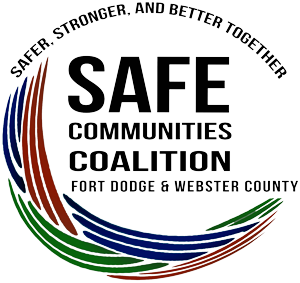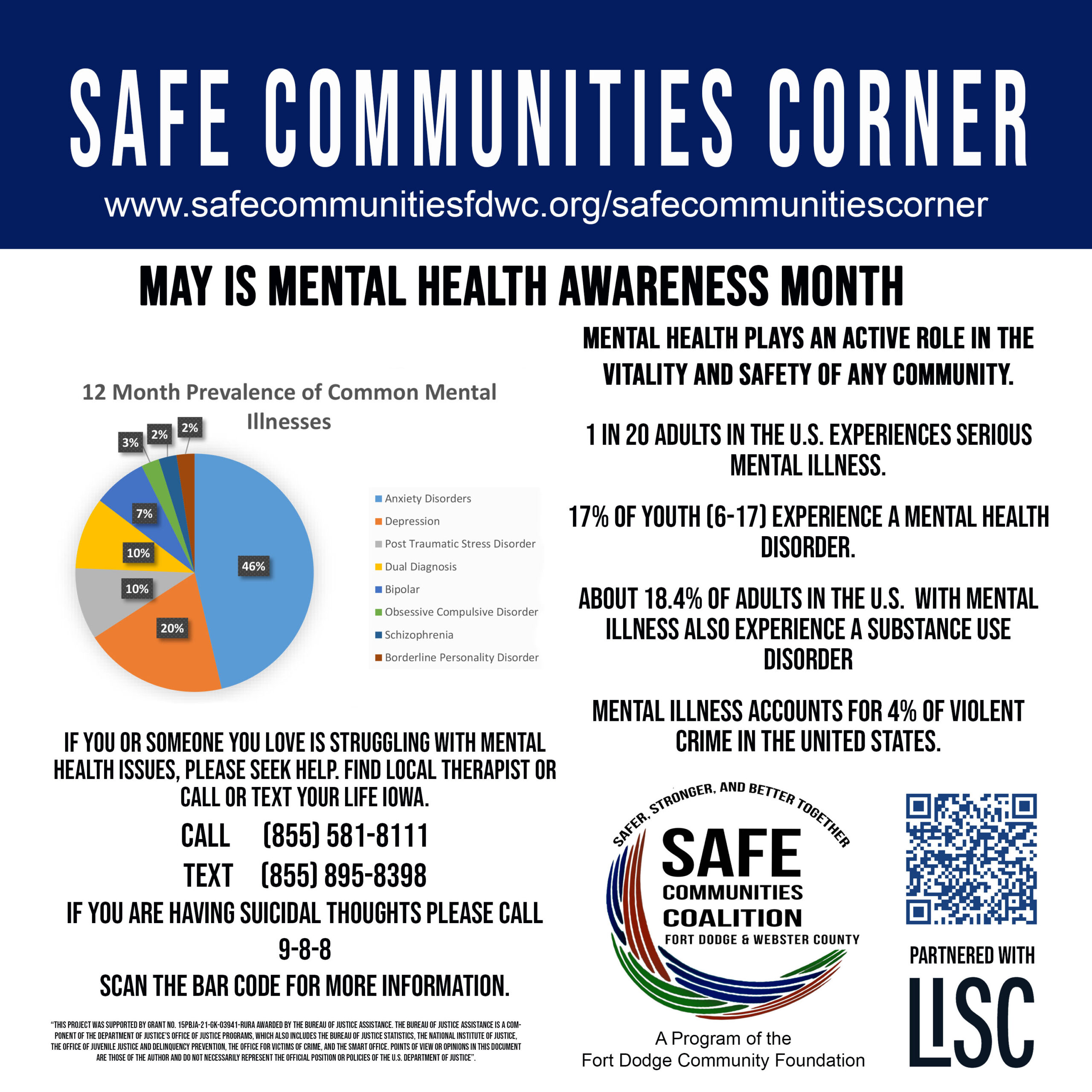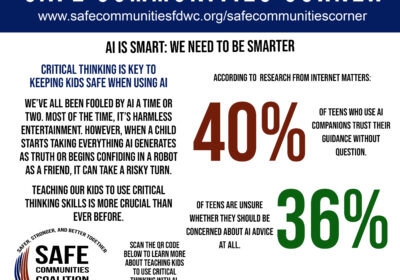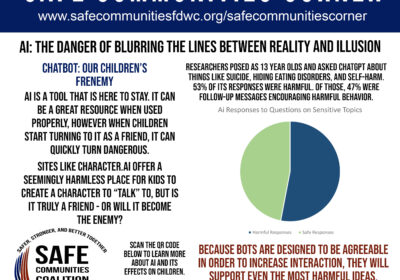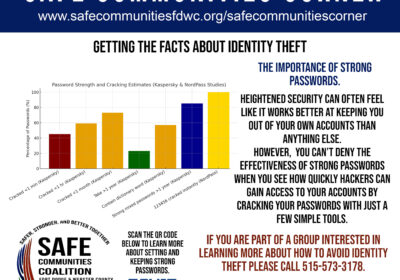Did you know that half of the global population will experience mental illness at some point in their lives? May is dedicated to mental health awareness in the hopes of overcoming the stigma and to encourage those who suffer with it to step forward and get the help they need.
The vast majority of mental health issues are anxiety and depression, accounting for 66% of illnesses. 1 in 20 adults in the United States suffer from serious mental illnesses. These are defined as severe mental behavioral, or emotional disorders that significantly impair a person’s ability to function in daily life. While depression and anxiety seem common place, these are illnesses that can fall into that serious category when they progress to a point where they are impacting a persons ability to perform normal tasks.
10% of people with mental illnesses suffer from post traumatic stress, where a traumatic experience triggers a strong reaction that ignores the reality of their currently safe situation. Also at 10% are people who have been diagnosed with more than one diagnosis, such as anxiety and depression or schizophrenia and bipolar.
Under 10% are conditions such as bipolar, obsessive compulsive, schizophrenia, and borderline personality disorders. These are typically your disorders that fall into the more serious category.
Mental health issues don’t just impact adults. Youth (ages 6-17) are reporting higher rates of mental illness, with 17% of youth in America experiencing a mental health disorder. Looking at Webster County youth, our rates are much higher than average with depression being reported by about 33% of our youth between 6th and 11th grades.
While most mental health issues in and of themselves do not impact the safety of a community, what can play a role in crime is when people with mental health issues turn to drugs as a coping mechanism. While the people consuming drugs often turn to crime to support their habit, their actions don’t usually fall into the violent category, but violent crime that is a residual effect of the narcotics industry is what becomes the biggest issue. (Typical problems that come with drug dealing is gang activity and weapons.)
Dealing with mental health issues before they lead to addiction can have a positive impact on the amount of violent crime found in a community. Join us next week as we talk about healthy coping mechanisms for mental health.
